Not too long ago, my bath routine was all about cleaning my child’s tiny fingers and toes. But now that my kids are a bit older, I can once again indulge in a somewhat lengthy soak in the tub. This silky milk bath recipe is a delightful way to relax and nourish the skin, and it makes a fantastic gift!
What’s Included in a Milk Bath?
You may have heard of milk baths before, or perhaps you’ve tried one. As the name suggests, it involves adding milk to warm bath water. It’s said that everyone from the Romans and Victorians to Cleopatra herself enjoyed milk baths for healthier skin. While there’s limited scientific research directly on milk baths, we know there are several benefits of applying milk to the skin.
While you can simply pour a few cups of milk into the bath, most milk bath recipes incorporate additional skin-nourishing ingredients. Common additions include baking soda, honey, herbs, and even sea salt.
Milk Bath Benefits
The type of milk you choose has an impact on its benefits for your skin. You have the option of using either powdered or fresh milk, though powdered milk is more suitable for long-term storage. Some varieties of milk to use include:
- Whole milk (from cows)
- Goat milk
- Buttermilk
- Coconut milk
- Oat milk
Cow and goat milk contain proteins, fats, and lactic acid, an alpha hydroxy acid that helps remove dead skin cells. Soured milk, like buttermilk, is even better at exfoliating due to its higher lactic acid content. Coconut milk offers healthy fats, like lauric acid, and minerals such as copper, iron, and magnesium.
Milk provides moisture, making it an excellent choice to hydrate dry skin. It can also soothe painful sunburns or itchy rashes (such as those caused by poison ivy or conditions like psoriasis). For individuals with sensitive skin, non-dairy milk alternatives are advisable, particularly if one is sensitive to cow milk.
Additional Ingredients for Milk Baths
This recipe utilizes powdered coconut milk to leave the skin feeling silky and hydrated. It also includes some other skin-loving components. The powdered form of these ingredients ensures longer shelf life. Here’s a breakdown of the chosen ingredients and their benefits.
Oats
Colloidal oatmeal (finely ground oats) has been a staple in home remedies for many years. When used topically, they can help soothe itchy skin, eczema, and sunburn. Even the FDA acknowledges its use as an emollient for skin protection. Oats are rich in starches and beta-glucans that protect the skin, along with phenols which offer antioxidant and anti-inflammatory properties.
Although colloidal oats are regulated by the FDA as a drug, grinding your own oats can provide similar results. I typically grind a few tablespoons of oats at a time in a coffee grinder until they become a fine powder.
Epsom Salts
I’ve incorporated Epsom salts into many of my bath recipes, including those designed for detoxification. Scientifically known as magnesium sulfate, Epsom salts are great for alleviating topical pain stemming from sore muscles. I even utilized them in my children’s baths when they were young to help them relax and sleep better. Additionally, they offer relief for sunburned skin.
Herbs and Essential Oils
Though optional, herbs and essential oils add beauty and appeal to the milk bath. Moreover, they contribute their own skincare benefits. Lavender or rose petals provide a splash of color, soothe the skin, and relax the senses. You might also consider calendula petals or chamomile for their healing properties. If using herbs, make sure to use a tub strainer before letting the bathwater drain.
I often add a few drops of essential oils to my milk bath. Choose your preferred scent, but keep in mind to use gentle and bath-safe options like cedarwood, lavender, vetiver, or frankincense.
DIY Coconut Milk Bath Recipe
Add this nourishing milk bath to your weekly skincare routine to keep your skin soft and hydrated.
Prep Time: 5 mins
Total Time: 5 mins
Yield: 1 milk bath
Author: Katie Wells
Instructions:
- In a medium-sized bowl, combine the liquid carrier oil and essential oils, if using. Add Epsom salts and stir until the oil is thoroughly mixed in. Skip this step if not using essential oils.
- Grind oats in a coffee grinder until they turn into a very fine powder if not already done.
- Add the oats, herbs, and coconut milk to the Epsom salt mixture and mix well.
- When ready to use, pour the entire contents into a bathtub filled with warm water. Stir the mixture into the bathwater to ensure the milk and salt dissolve before getting in.
More Bath Recipes
Here are some more bath recipes to help you indulge in some self-care. These also make excellent gifts for birthdays or special occasions!
Have you ever tried a milk bath before? Leave a comment and share your experience!


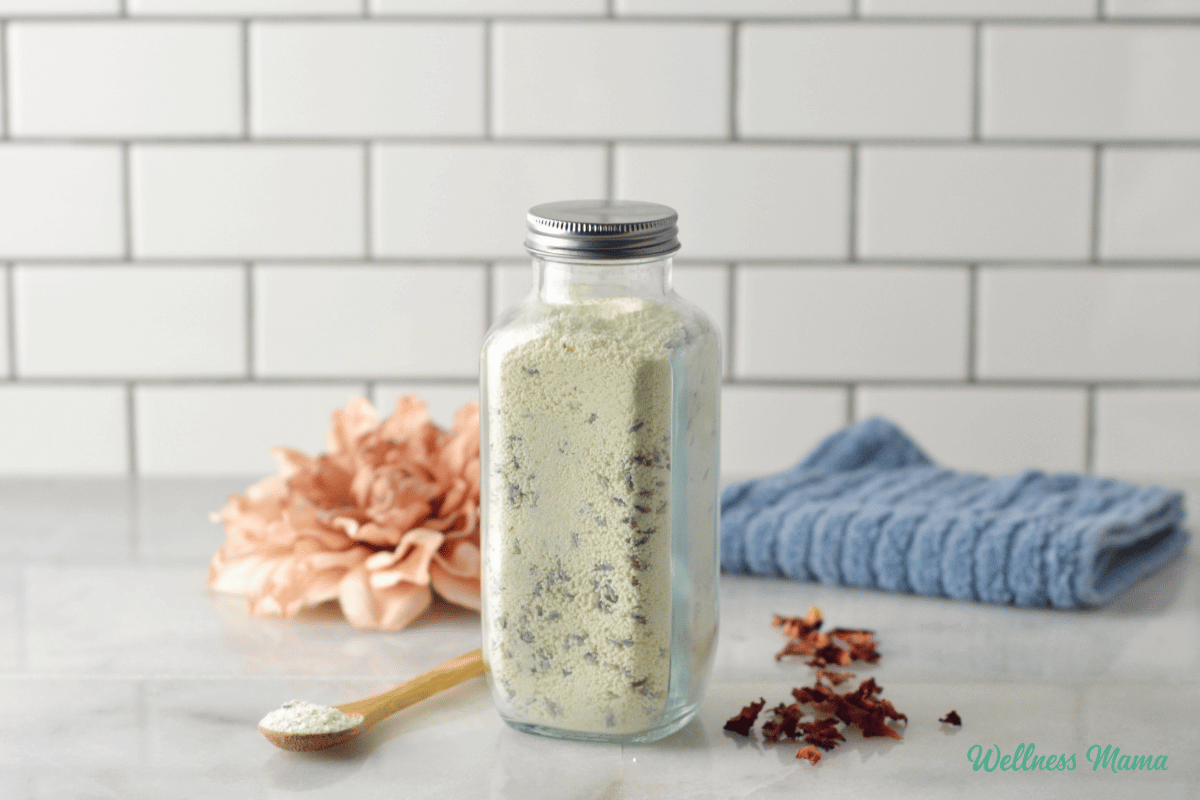
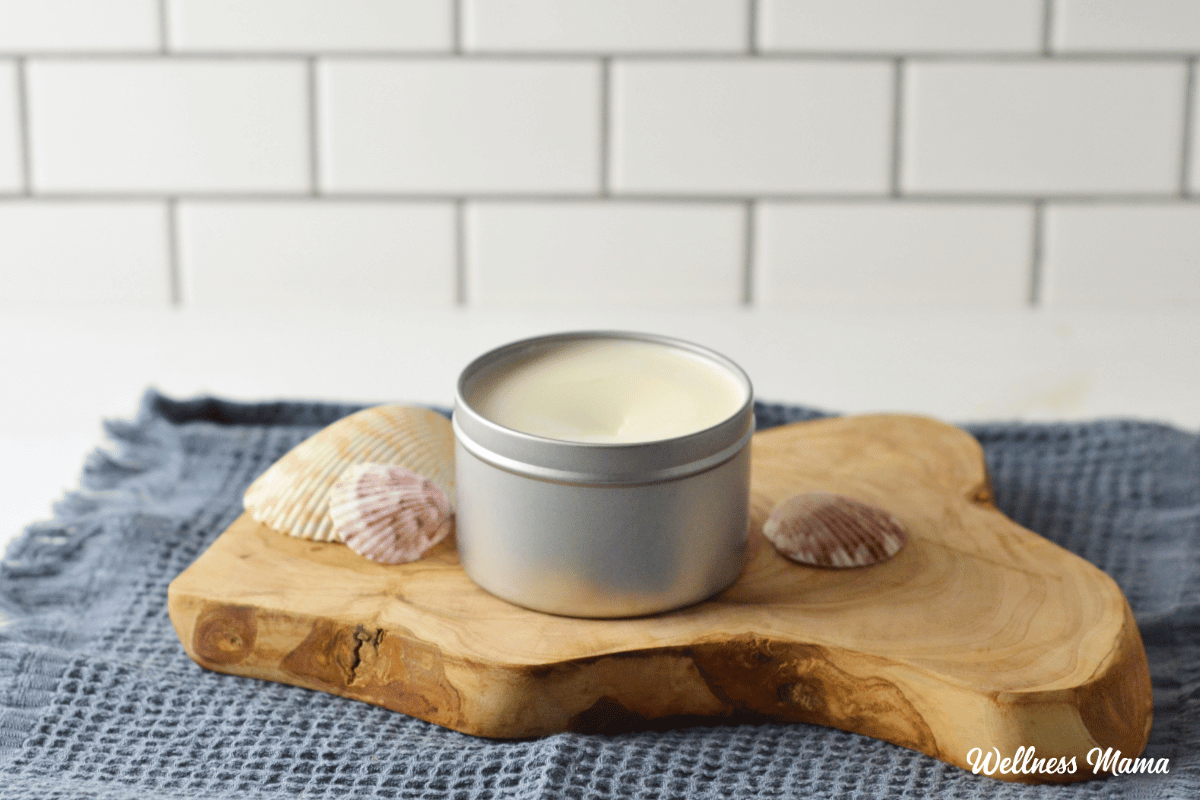
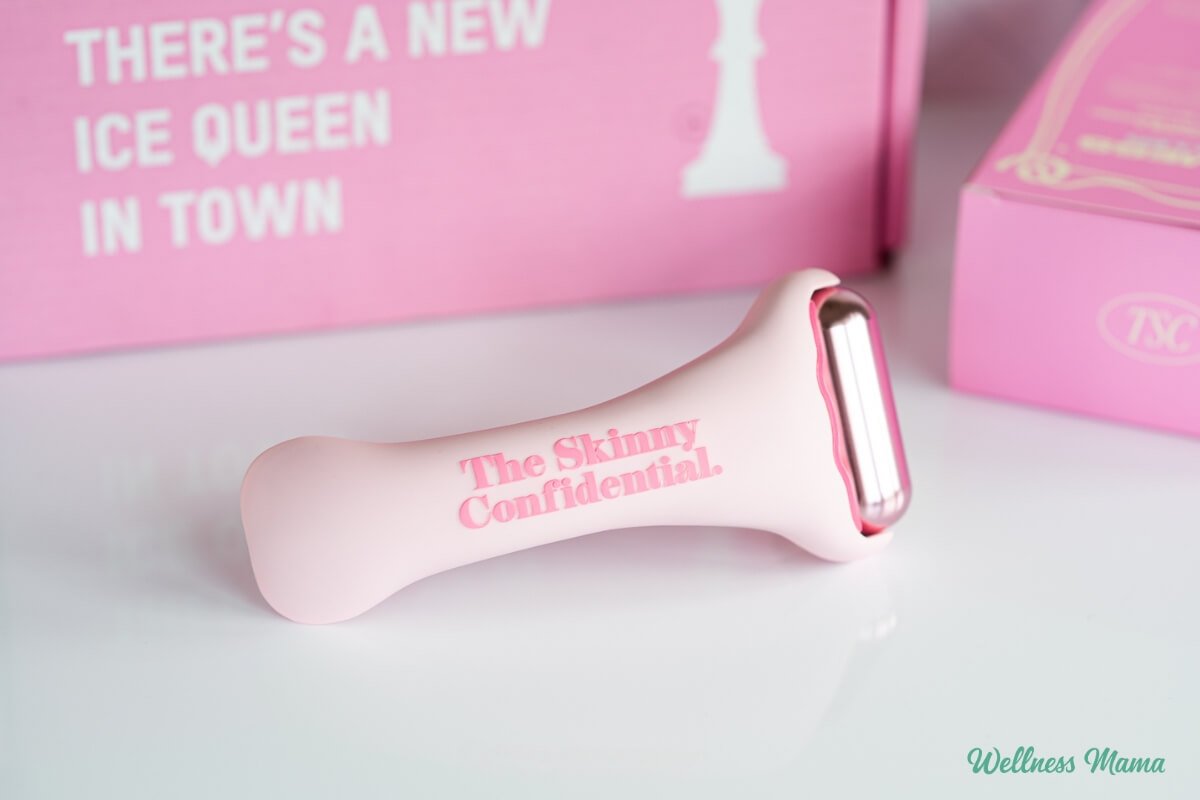
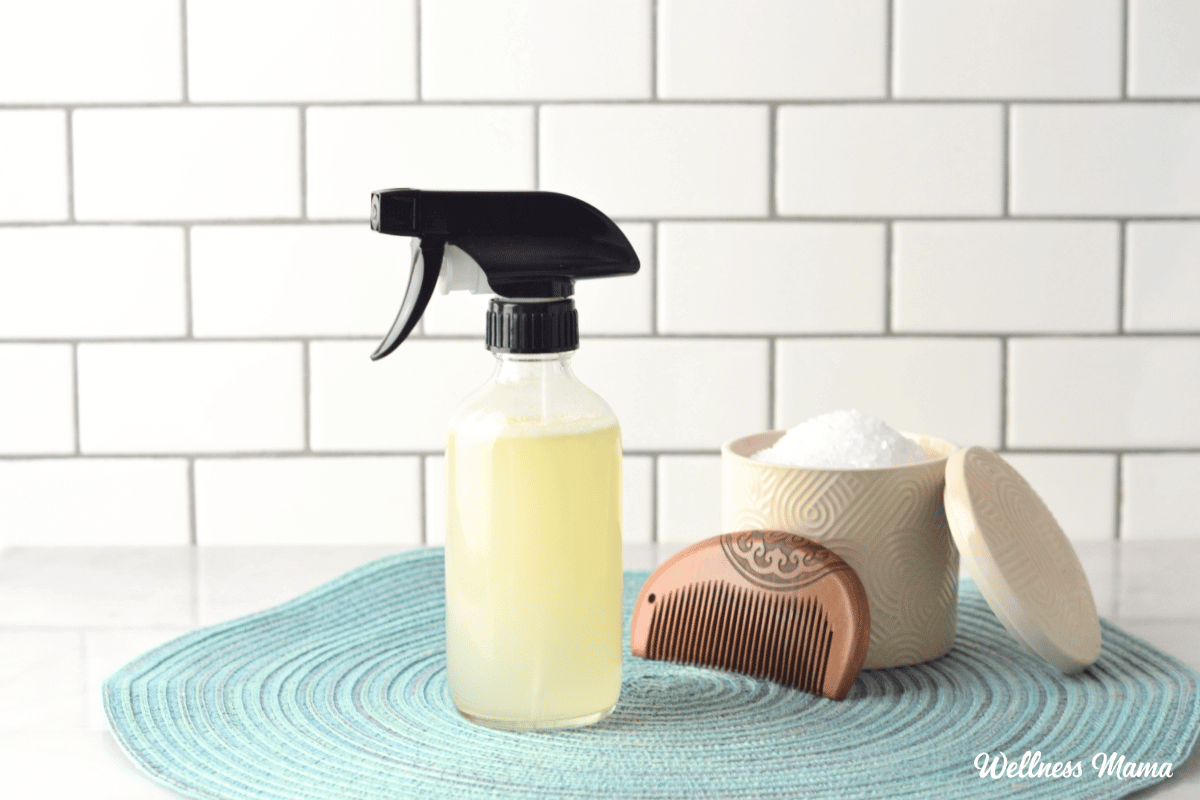
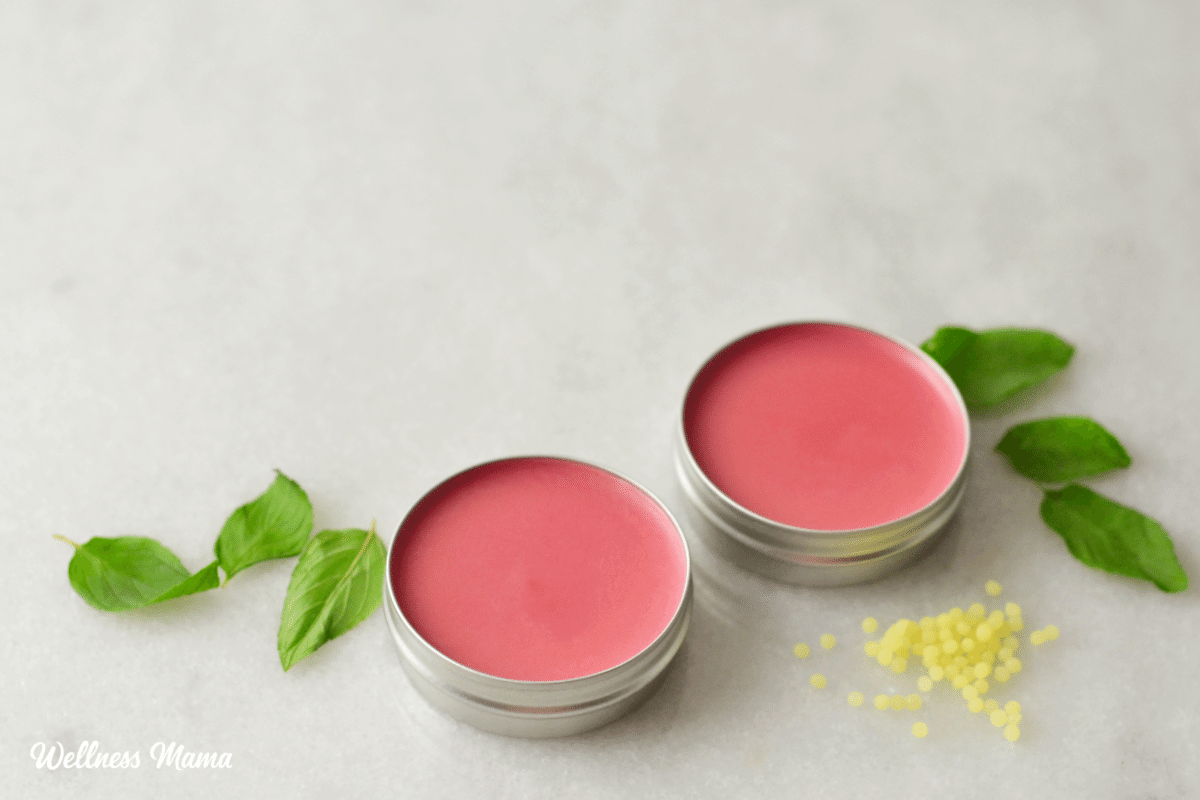

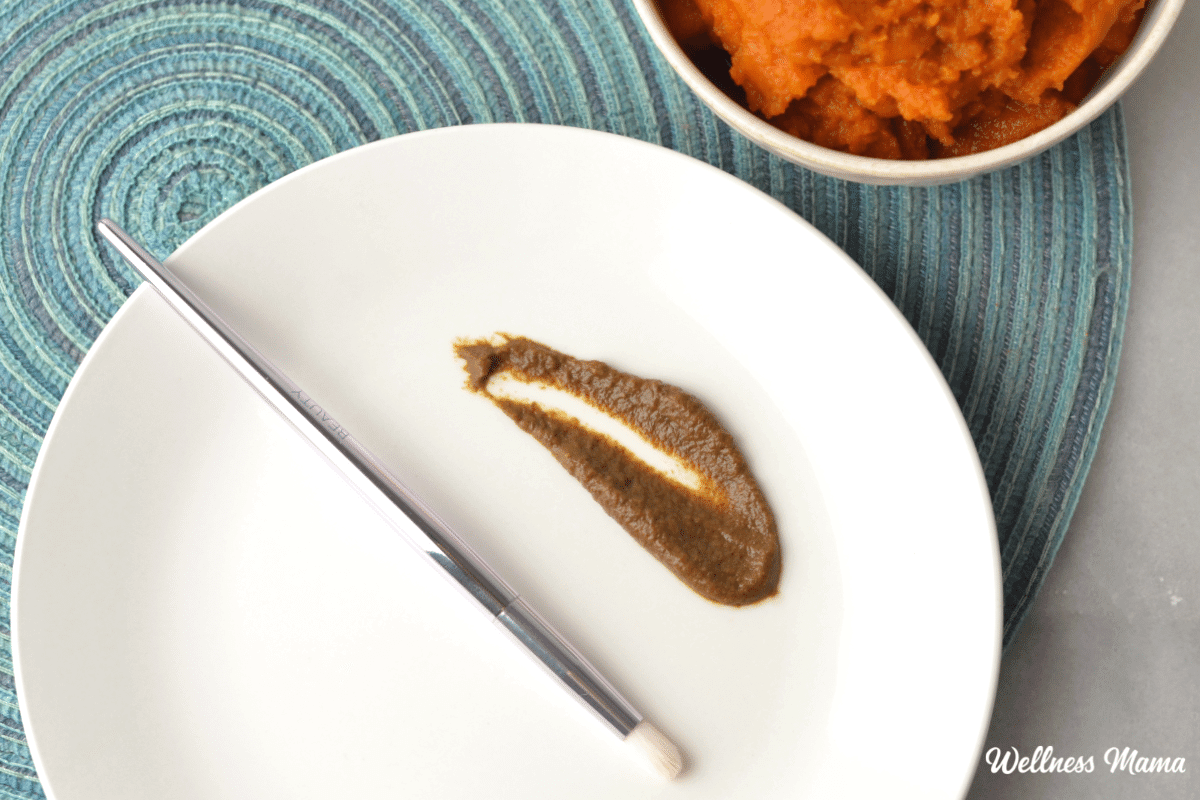


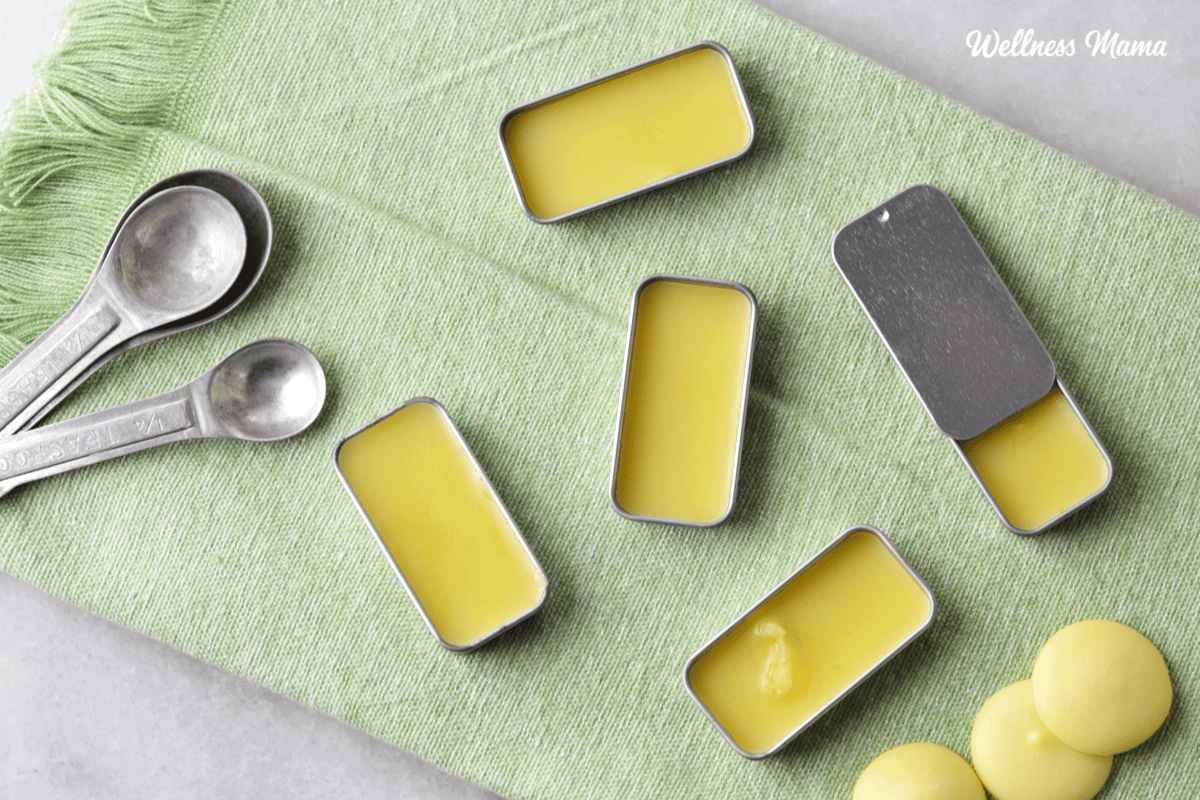
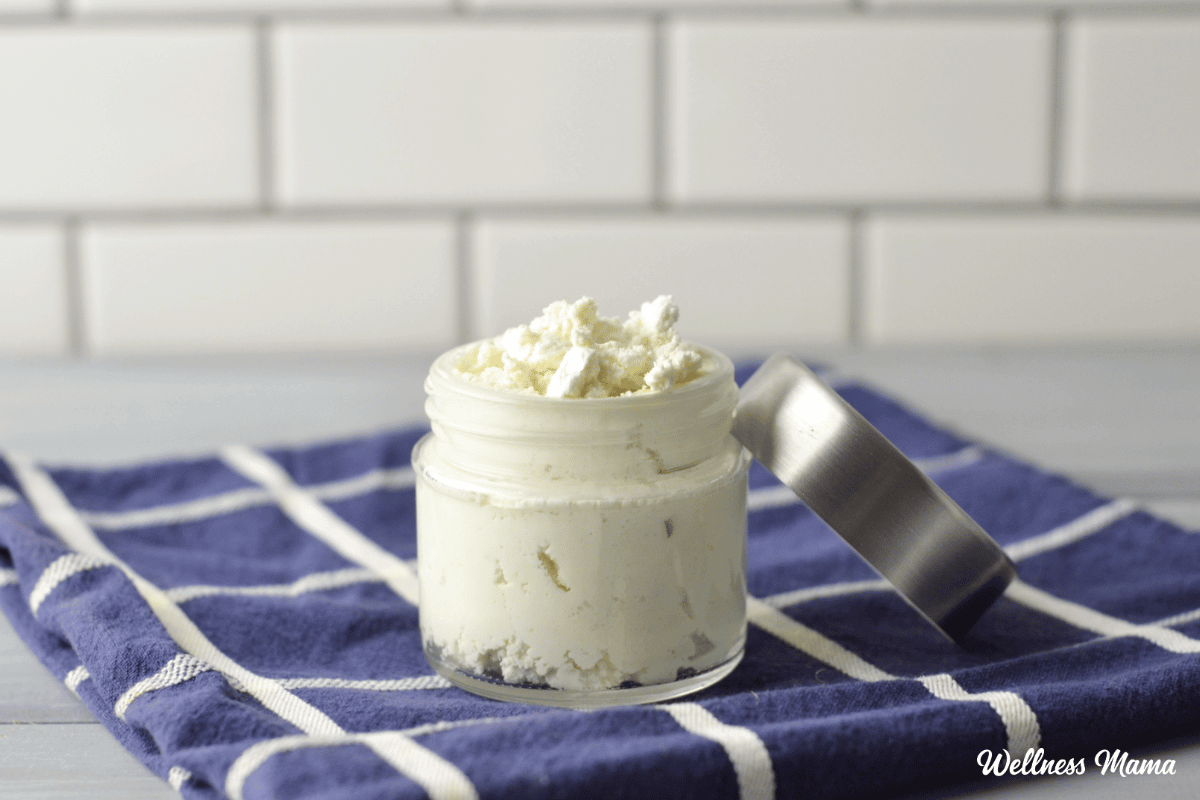

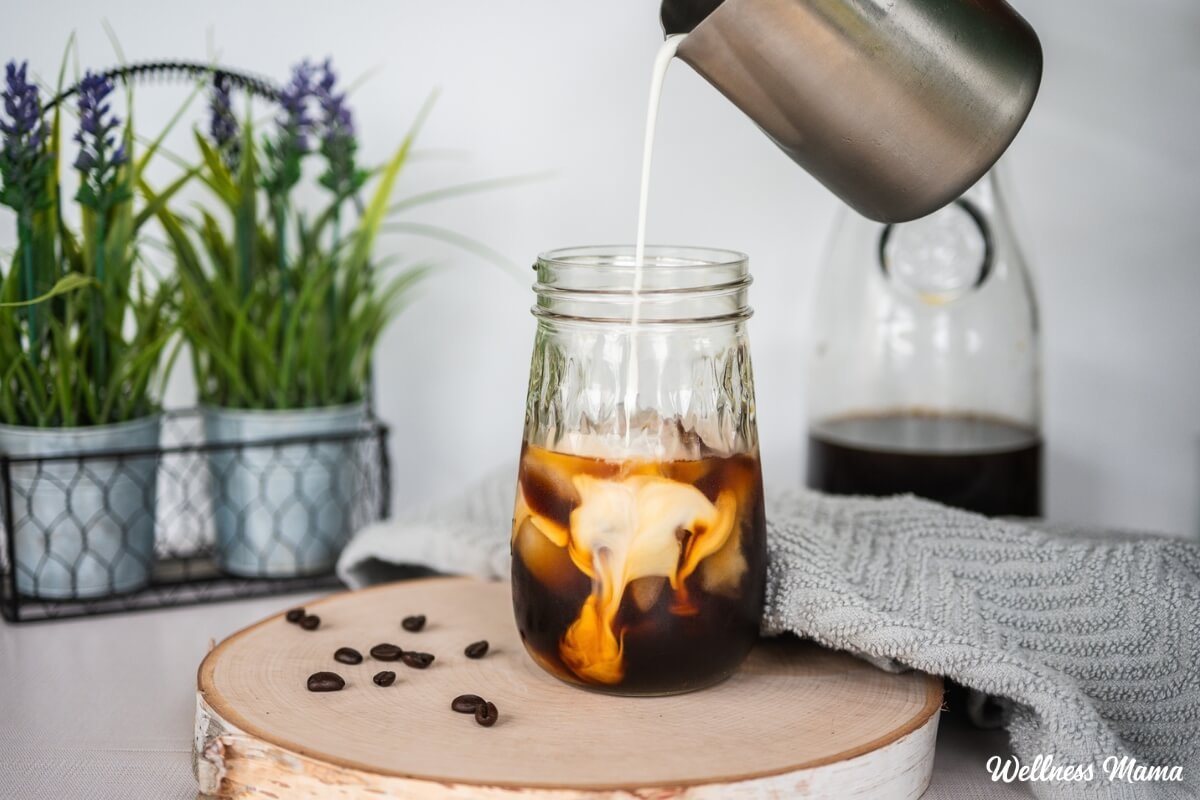
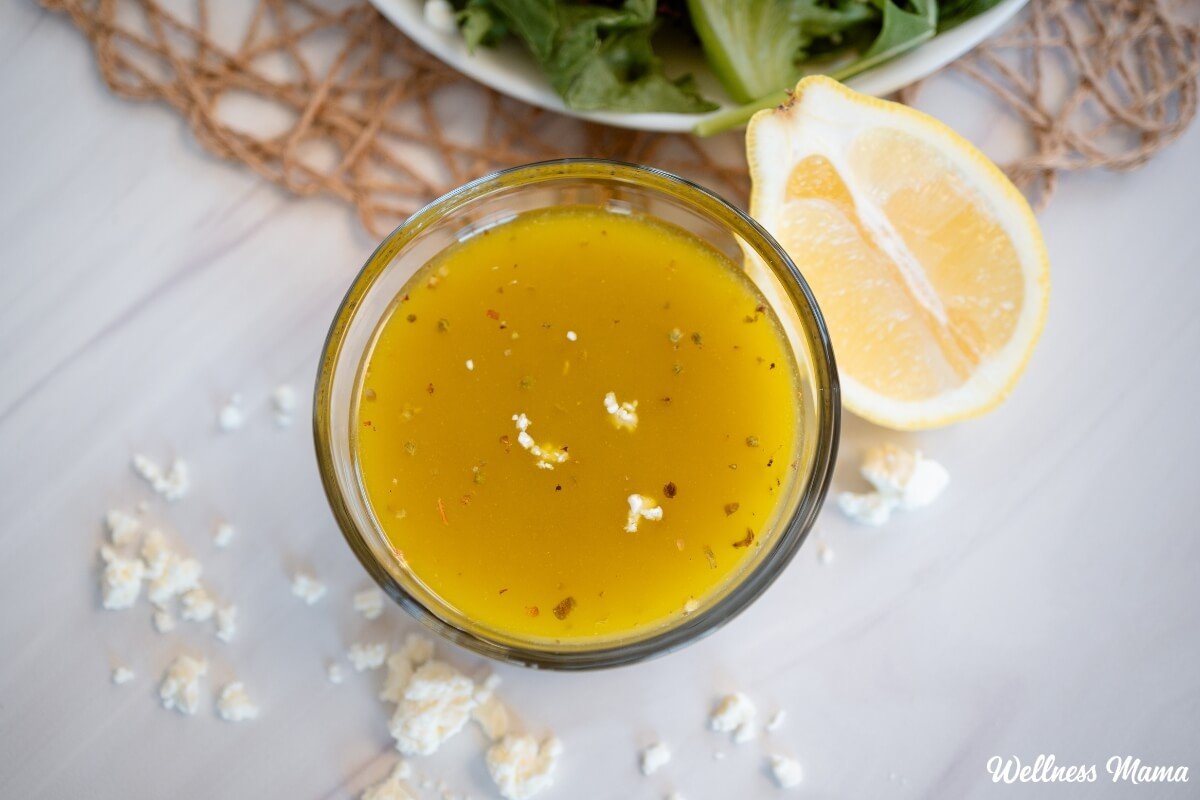

Leave a Reply